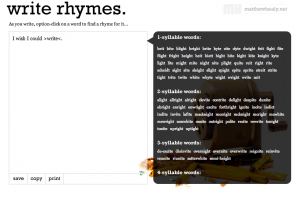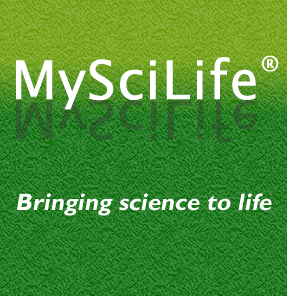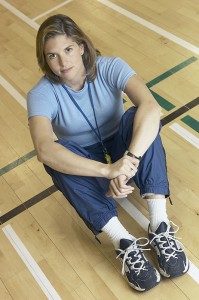Priority: Earning or Learning?
News Corp’s education division, Amplify, has announced a new tablet designed specifically for education. According to the story on NPR today, they are touting this new device as the tool to bring schools into the 21st century. Amplify’s CEO, Joel Klein, claims they are launching this device for the love of learning. The skeptical teacher in me says it is for the love of earning. To start, News Corp’s infamous leader, Rupert Murdoch, insults teachers by saying
Today’s classroom looks almost exactly the same as it did in the Victorian age: a teacher standing in front of a roomful of kids with only a textbook, a blackboard, and a piece of chalk [Really? When were you last in a school?]
Then Klein continues
It’s not about hardware, it’s not about devices, it’s really about learning.
 Is it? What does NewsCorp/Amplify know about today’s teaching and learning? If they think it looks like the 1890’s, they have not been in the schools I know. They have not seen teachers who work hard to take advantage of any technology they can to connect their classroom to the world beyond. They have not seen efforts like MySciLife® . They have not met the teachers who come to OK2Ask® to learn how to use the technology they have — and use it well. They have not read the comments of teachers describing the pedagogy behind their decisions to make their interactive whiteboard (IWB) into a student-controlled learning space. (They should have been there with us last night.) They have not heard teachers critiquing colleagues who fail to leverage the devices and materials they DO have for learning “to the max.” They have not met the teachers who are driven to learn themselves and take their discoveries to their classrooms the next morning.
Is it? What does NewsCorp/Amplify know about today’s teaching and learning? If they think it looks like the 1890’s, they have not been in the schools I know. They have not seen teachers who work hard to take advantage of any technology they can to connect their classroom to the world beyond. They have not seen efforts like MySciLife® . They have not met the teachers who come to OK2Ask® to learn how to use the technology they have — and use it well. They have not read the comments of teachers describing the pedagogy behind their decisions to make their interactive whiteboard (IWB) into a student-controlled learning space. (They should have been there with us last night.) They have not heard teachers critiquing colleagues who fail to leverage the devices and materials they DO have for learning “to the max.” They have not met the teachers who are driven to learn themselves and take their discoveries to their classrooms the next morning.
According to NPR, “Murdoch has described education as a market worth hundreds of billions of dollars.” The education market is both a tasty lure for entrepreneurs confident they will make big bucks and a carnival of quick-fix claims. The education marketplace is far too much about earning than learning. Efforts like Edsurge try to bridge the gap between techpreneurs and educators, but the urge to make money still seeps in among the education reform/rethink efforts.
Money is a harsh reality of life, for sure. We all make difficult decisions about it. I just wish that those making the decisions about educational technology money would listen a bit more to the voices of learning. Just sit, watch, and listen for a while. Talk to teachers. Talk to students. Erase what you remember about school and try to imagine being a kid now. Then try to put your money into making sure every kid is connected, both at home and at school… and on the walk between. If you can’t shift the priority from earning to real learning, please go away. Teachers and kids are busy enough without another Big Fix. Let us use what we have well and, please, let us tell you what else we really need.












